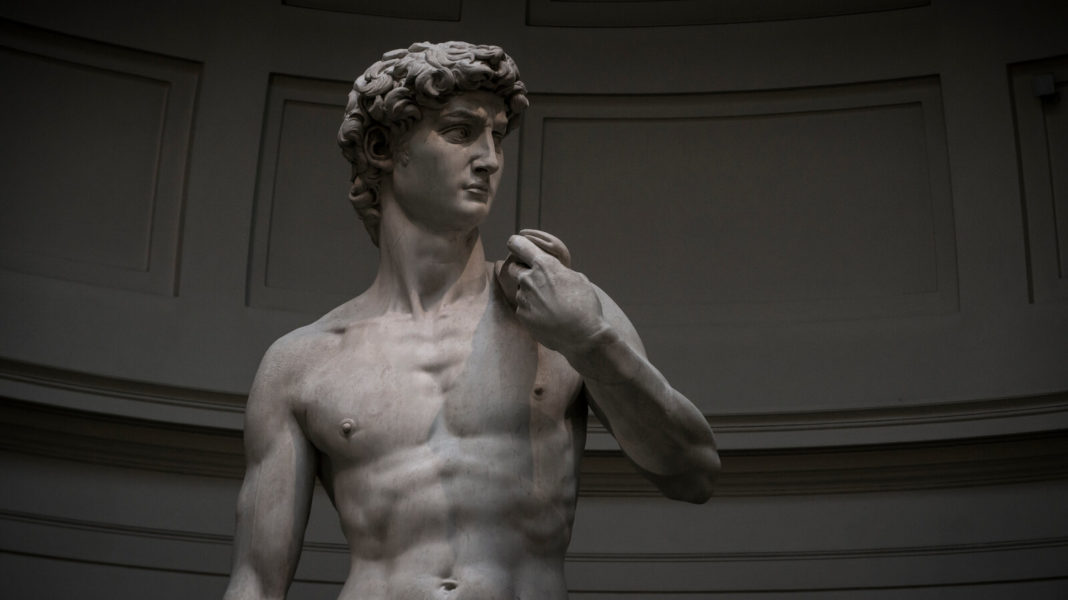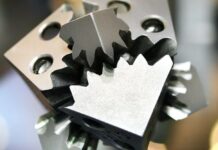Attendees at the Italy Pavilion at Expo 2020 Dubai had the opportunity to appreciate a 3D printed replica of Michelangelo’s famous David sculpture. This is the second time that artists achieve a reproduction of Michelangelo’s David using 3D printing. The first time, the work of art was performed by artist Andrea Salvatori.
It’s not an easy task to create an exact replica of David and this is in part due to the scale of the original, which stands at over seven metres tall and weighs more than five tons. That’s why, professionals used two Hexagon technologies, an AICON StereoScan neo structured light scanner and a Leica Absolute Tracker with handheld scanner, to achieve accuracy without jeopardizing scale.
Indeed, the laser tracker, which is normally intended to measure precision aerospace components, can provide high accuracy across large areas whereas the structured light scanner ensures the higher resolution when focused on small areas. This tool happens to be a great fit for elements of the sculpture such as the face and hands.
From a technical standpoint, Hexagon reports that an 80cm distance was required between the scanner and the statue to achieve optimum detail. This was particularly tricky when trying to capture intricate parts. Additionally, given the height of the David the scanners had to be mounted on a stair and raised, after which the team would analyse the picture to check for resolutions and accuracy, and repeat if necessary.
Following David’s appearance at the Expo, the digital twin created by the scanning process will be analysed to derive additional learnings. The extraordinary detail of the data reveals, for example, the effects of acid rain, dust, and even traces of the different tools used to create it. This information can be used by experts and restorers to preserve the David, and other iconic art pieces, by anticipating and preventing degradation.
It’s also recognised that there may be opportunities for future, more accurate scans of the David and other iconic art pieces. This latest project follows a similar one completed by Stanford University in 1999, which took one month and 22 people to achieve a lower resolution scan. As technology advances it’s hoped that an even higher level of detail can be achieved.
“Scanning the David presented a number of challenges,” says Cesare Cassani, Automation Technologies & Portable Systems Manager, Hexagon’s Manufacturing Intelligence division. “Not only was the scale enormous, but the time constraints were also tight, and we had to overcome a number of obstacles as we went along. Specific parts such as the inside of the hands, and underneath the bent arm, for example, proved particularly challenging, as well as capturing all the dents and imperfections that the David has incurred over the years.”
Remember, you can post job opportunities in the AM Industry on 3D ADEPT Media free of charge or look for a job via our job board. Make sure to follow us on our social networks and subscribe to our weekly newsletter : Facebook, Twitter, LinkedIn & Instagram ! If you want to be featured in the next issue of our digital magazine or if you hear a story that needs to be heard, make sure to send it to contact@3dadept.com






